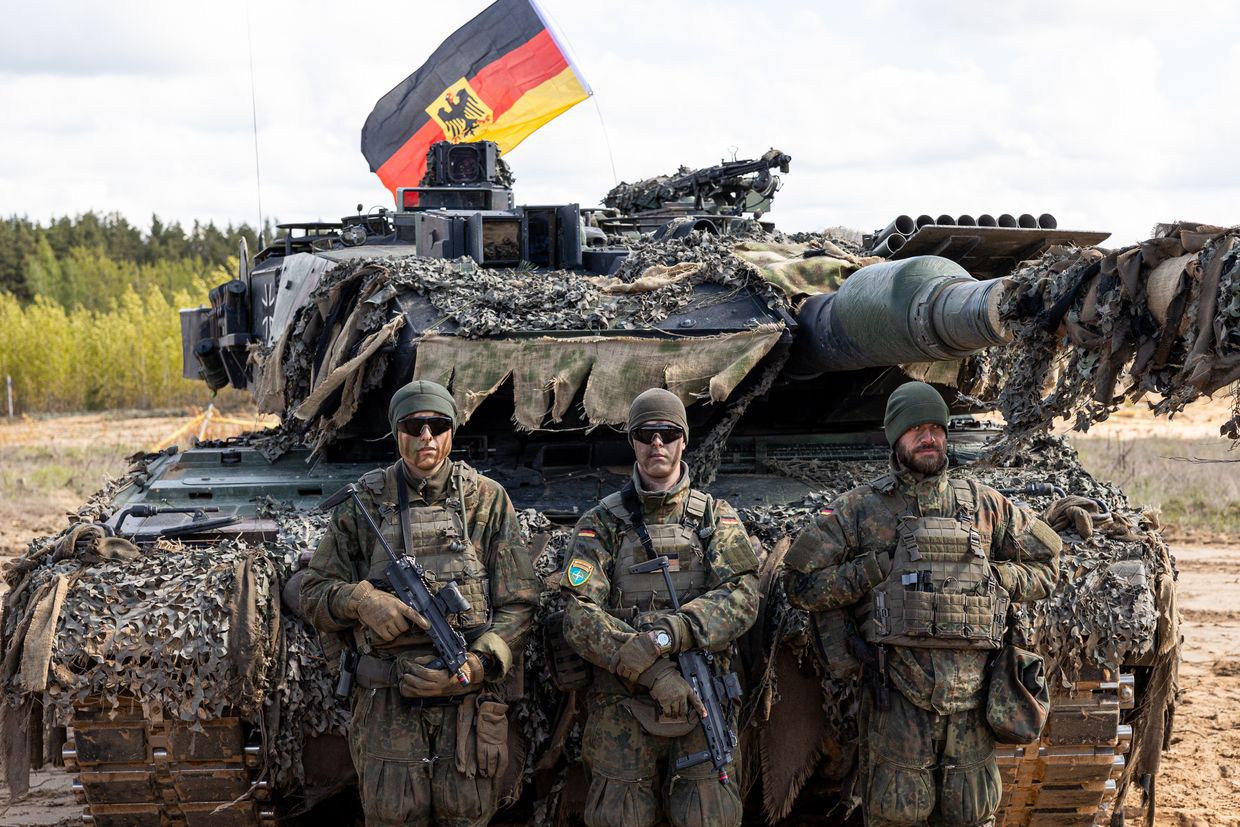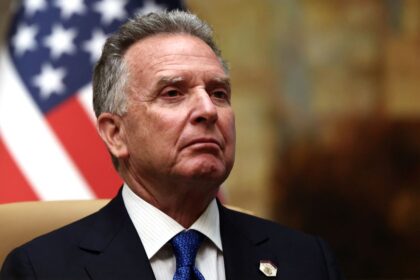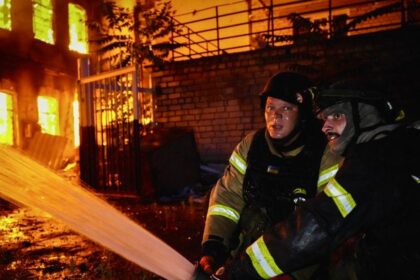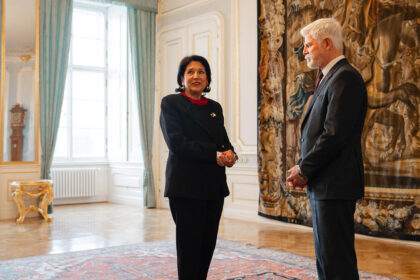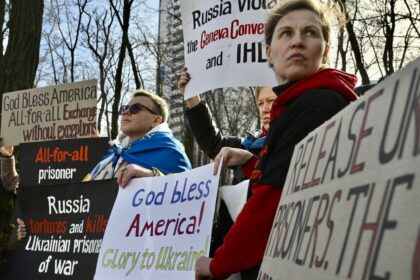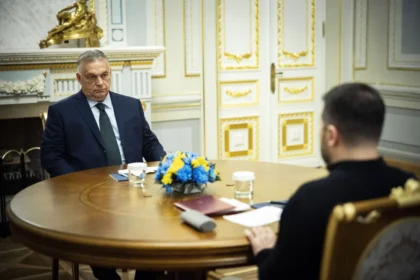**NATO Seeks 40,000 Additional German Troops to Counter Russia**
In a bid to strengthen collective defense against Russia, NATO is reportedly seeking an additional seven brigades from Germany, which would amount to approximately 40,000 troops. This news comes amidst rising tensions between the alliance and Russia, as well as growing uncertainty about the U.S.’s commitment to European security.
According to sources, Germany’s current agreement with NATO is to provide 10 brigades by 2030. However, it currently fields nine brigades, each comprising around 5,000 soldiers, including a new formation stationed in Lithuania. This increase in demand from NATO reflects the alliance’s desire for member states to bolster their military capabilities.
The request for more German troops gains urgency as Russia continues to pose a threat to European security. The full-scale invasion of Ukraine in 2022 prompted European countries to reassess and boost their defense spending, which had atrophied after decades of disarmament following the Cold War. Furthermore, warnings from Ukrainian officials that Russia will be able to replenish its forces within two to four years have added to the sense of urgency.
Next week’s meeting of allied defense ministers in Brussels is expected to discuss this matter further. The deadline for implementing these changes has not been set, but 2030 has been mentioned as a preferred target date.
The push for additional troops from Germany also reflects NATO’s efforts to address concerns about U.S. commitment to European security. As the most powerful military in the alliance, the U.S.’s presence is crucial to maintaining stability and security in Europe. However, signs that the U.S. plans to scale down its presence in Europe have raised alarms within the alliance.
**Commentary**
The request for additional German troops highlights NATO’s efforts to adapt to a rapidly changing security landscape. As Russia continues to pose a threat to European security, NATO is seeking to bolster its military capabilities and strengthen collective defense. However, this also reflects the challenges facing the alliance as it navigates a complex web of relationships with member states.
The U.S.’s commitment to European security remains uncertain, and the push for additional German troops may be seen as a hedge against potential uncertainty in Washington. Nevertheless, NATO’s efforts to build a more robust military presence on the continent demonstrate its determination to maintain stability and security in Europe.
**Analysis**
NATO’s request for additional German troops underscores the need for European countries to invest in their defense capabilities. As Russia continues to pose a threat, it is essential that member states prioritize their military modernization efforts.
Furthermore, the push for more German troops reflects NATO’s efforts to maintain its relevance and effectiveness as an alliance. By strengthening collective defense, NATO aims to ensure stability and security across Europe, even as uncertainty about U.S. commitment remains.
**What’s Next?**
The meeting of allied defense ministers in Brussels next week will be crucial in determining the next steps for NATO on this matter. The deadline for implementing these changes has not been set, but 2030 has been mentioned as a preferred target date.
As NATO continues to navigate a complex security landscape, it is essential that member states prioritize their defense capabilities and work together to strengthen collective defense against threats like Russia.
Read More @ kyivindependent.com




